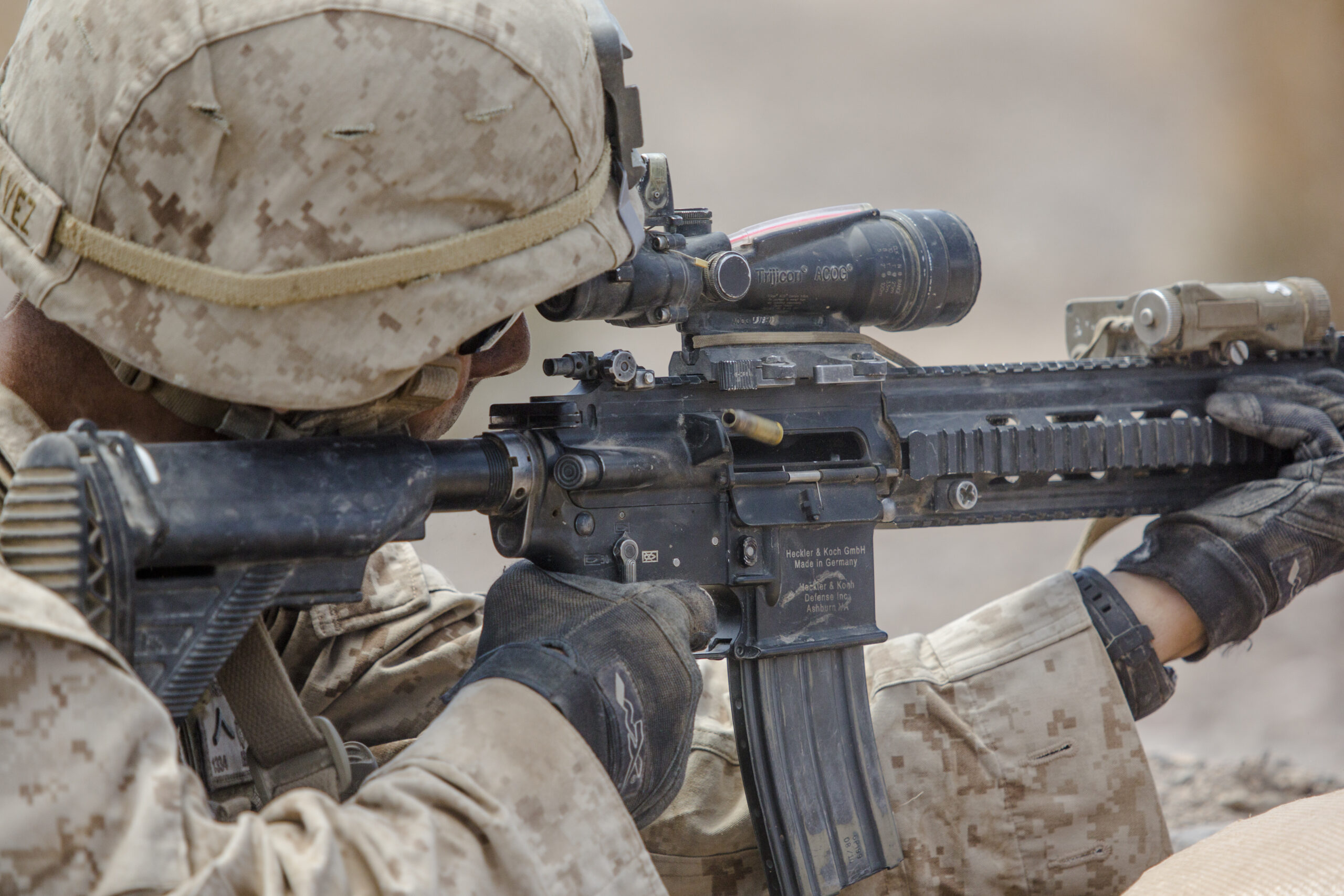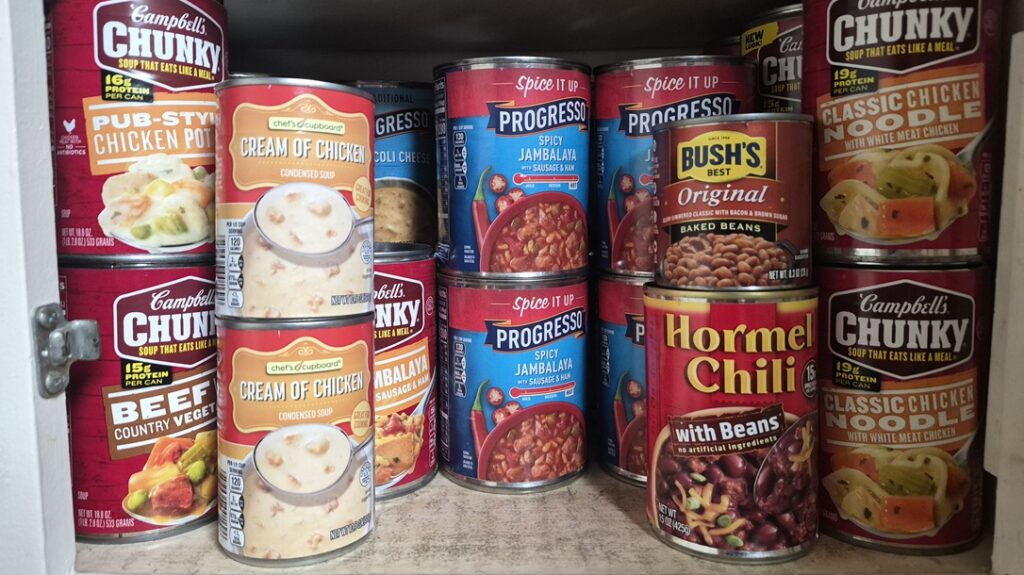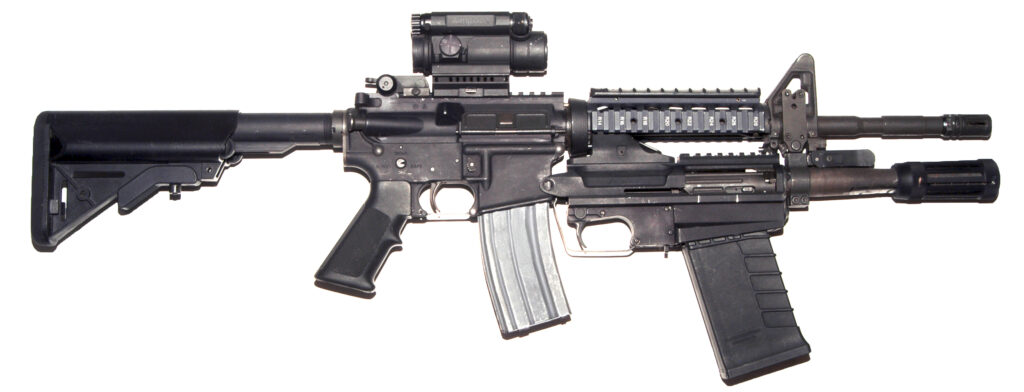Eugene Stoner designed the AR-10 to be a modern rifle, and the AR-15 descended from the AR-10 to be the same thing. It was a revolutionary weapon. The adaptability of the AR-15 rifles, a feature that even Eugene Stoner might not have fully realized, is truly impressive. These rifles can be adapted for various roles, including use as a Squad Automatic Weapon (SAW).
I can’t find a lot of information on it, but Eugene Stoner built a belt-fed AR-10. It even had the classic top charging handle. That might have been the first, but it wasn’t the last attempt to create a SAW from an AR-15. Over the years, we’ve seen numerous attempts and even some successes at creating SAWs from the AR-15’s core design.
It’s worth mentioning that Squad Automatic Weapons cover both light machine guns and infantry automatic rifles. Both fall under the SAW genre and are intended to provide an organic support weapon for a rifle squad. Let’s explore the idea of the AR-15 as a SAW and historical examples.
Advertisement — Continue Reading Below
Why the AR-15 Makes a Good SAW
One of the most significant benefits of using some form of AR design as a SAW is familiarity and training. If soldiers already carry an AR-based weapon, the training is cut significantly. It’s easier to swap to an AR-based SAW than something like a dedicated light machine gun.
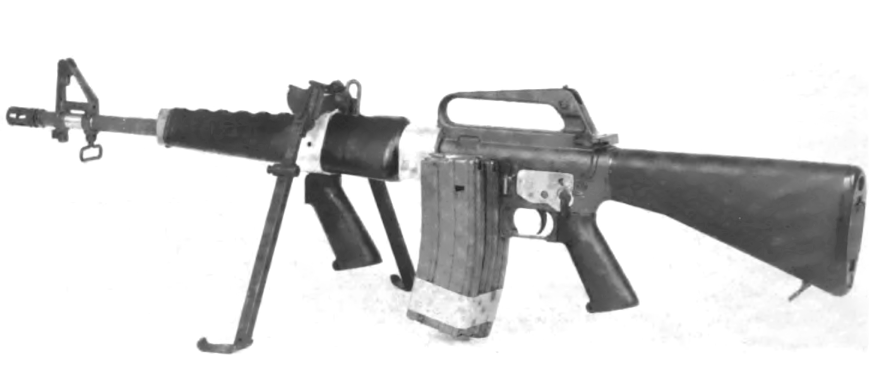
The AR-15 design is inherently lightweight, modular, and easy to employ. Its design allows you to mount optics, bipods, and magazines in all shapes and sizes. It’s a reliable weapon that’s well-proven, accurate, and capable.
Advertisement — Continue Reading Below
Why The AR-15 Isn’t a Good SAW
A SAW’s main task is to lay down a mass of fire and to establish a base of fire. A base of fire will be shooting a lot of ammo. When you’re shooting full auto, things get hot, and AR-15s aren’t designed with an easily removable and replaceable barrel like a dedicated light machine gun.
That’s a problem with all IARs, but it’s also a problem with belt-fed AR-15 light machine guns. The AR-15 is a closed-bolt design that can cause overheating under sustained fire and create potential cook-offs.
The direct impingement system gets a lot of hate for ‘pooping where it eats,’ and it’s often overblown. It’s not a real problem with a rifle, but we are looking at a lot more carbon build-up with a gun designed for sustained automatic fire. It’s very unlikely that the gun won’t be reliable, but it will require more maintenance.
Advertisement — Continue Reading Below
The Historical SAW AR-15s
With the pros and cons in mind, let’s explore a few historical examples of both successful and not-so-successful examples.
The Colt Heavy Assault Rifles
Colt wanted to create an entire family of weapons from the AR-15. The CAR-15 family would be everything in small arms! This led to the Colt Heavy Assault Rifles. Two distinct models represented a light machine gun and an infantry automatic rifle.
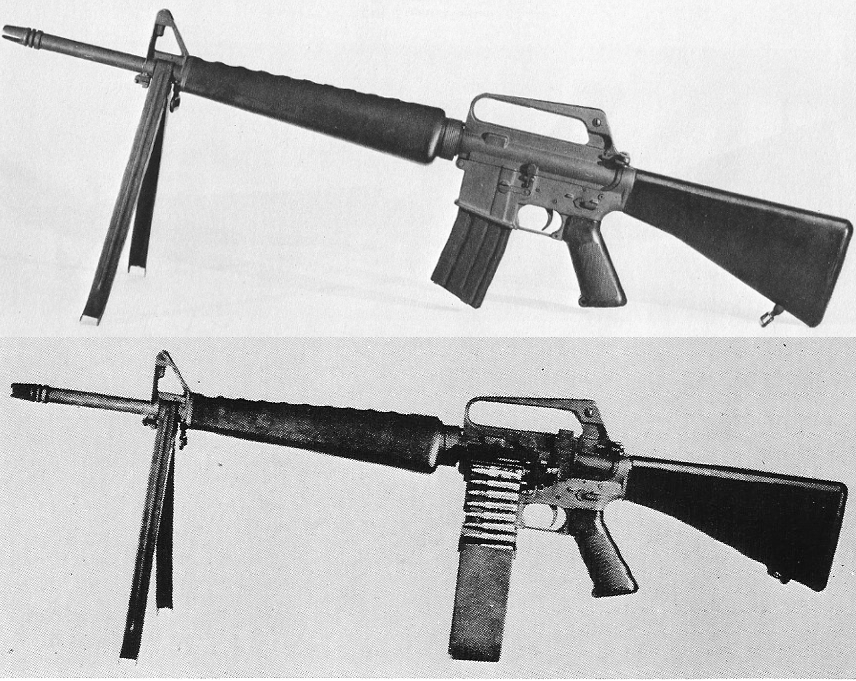
Advertisement — Continue Reading Below
The Colt Heavy Assault Rifle M1 was a magazine-fed rifle with a heavy barrel and bipod attachment. The Heavy Assault Rifle M2 was a belt-fed rifle supported by a bipod. Neither weapon made it past the prototype stages.
The Colt Diemaco Automatic Rifle
Colt and Diemaco teamed up in the early 1990s to develop an Automatic Rifle for the Canadian military. Spoiler alert: the Canadian military didn’t purchase it. However, it did see some success with the Netherlands Marine Corps and the Danish Military. Vikings apparently really like automatic rifles.

Advertisement — Continue Reading Below
The furniture included a heavier-duty handguard and a vertical grip. It also came optics-ready and wore a bipod. Modern variants wear collapsing stocks and modern handguards.
The Colt Automatic Rifle started with an open bolt design, but the modern variants use a closed bolt design. They were also originally issued with snail drums and later the Beta C Mag, but now they are wielded with standard AR magazines. They serve as a SAW and occupy the IAR territory.
Ares Shrike
In the early 2000s, a company called Ares released the Shrike AR upper. Ares is now Fightlite, and the Shrike is the MCR. The Shrike upper could drop onto full auto or semi-auto AR-15s and convert it to a belt-fed rifle. This is just an upper, but I think it deserves a mention. The Shrike wasn’t the first belt-fed upper, but it’s the most produced upper on this market.
Advertisement — Continue Reading Below
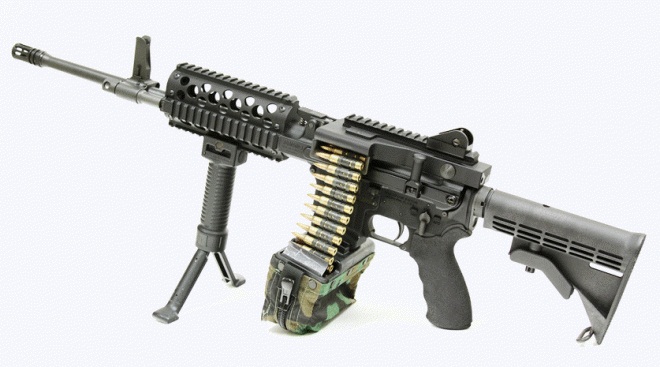
The Ares Shrike mixed IAR and LMG to create a weapon that could use belts or standard AR magazines. The system ditched the direct impingement design for a gas-operated short-stroke tappet system. It’s an interesting design, but it was never adopted by a military force. However, you and I can still purchase an MCR upper to this day.
Colt IAR 6940
The Colt IAR 6940 was Colt America’s entry into the world of infantry automatic rifles. The Marine Corps wanted an IAR, and Colt wanted to provide it. They built the IAR 6940, a gas-operated, air-cooled weapon fed by standard AR magazines. The USMC intended to replace the M249 SAW with the IAR to lighten the load. The contest ultimately went to HK, but the Colt IAR 6940 did have some sales to Mexico and Singapore. Some uppers leaked to the civilian market and some 80% lower dudes cloned them out.
Advertisement — Continue Reading Below

The IAR 6940 featured the classic direct impingement system with a closed bolt design. The system could be tailored to reach a fire rate of 700 to 1,000 rounds per minute. To help with heat build-up, a heatsink is built into the lower handguard. The system used the classic Marine Corps Grip Pod as its bipod.
The IAR 6940 is a modern way to turn an AR-15 into a SAW and seems like a very modern rifle overall.
Advertisement — Continue Reading Below
The Modern SAW
AR-15s as SAWs have been around for decades, and the concept has faded and grown in popularity over the years. Interestingly, the AR-15 used as a SAW in the GWOT is lacking. It’s been very limited in use in modern warfare. Arguably, the designs can work, but I’d be curious to see how they work in sustained combat.
